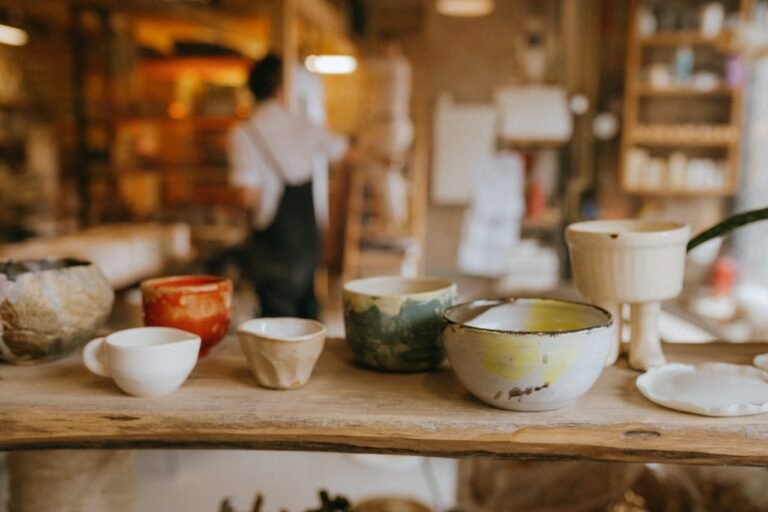How Do You Fix Bubbles in a Glaze?
During the making of a ceramic structure, you may notice the presence of tiny air bubbles in your glaze. These bubbles may burst and form blisters, which are small craters in your final dried product. So, how do you fix bubbles in a glaze?
Make sure you are firing at the proper temperature and long enough. There are many different methods you can use to fix the bubbles found in a glaze, ranging from using different materials in your glaze to utilizing different firing processes.
Bubble formation in the glaze is a common occurrence, so there is no need to worry. Just read on to find out why bubbles form in your glaze, how to get the air bubbles out of the glaze, and how to prevent your glaze from forming air bubbles at all.
Why Is My Glaze Bubbling?
Finding air bubbles in a glaze is relatively common. Some materials that make up your glazes, such as dolomite, whiting, manganese dioxide, clays, carbonate colorants, and organic additives, may decompose in the high temperatures required for melting a glaze, producing gases that form bubbles on its surface.
Bubbles are usually formed in a glaze that is high in fluidity and in surface tension. They are also found in melts that have high LOIs (loss on ignition) since they also produce a large number of gases.
Reactive glazes are one such example. This type of glaze often melts well but has high surface tension, rendering the bubbles and resulting in blisters harder to heal.
Another reason for the formation of bubbles might be under-firing. Bubbles form on the surface of the glaze but do not burst and heal because the glaze was not fired for a long enough time.
One other reason is the use of soluble fluxes in the glaze. Fluxes are substances that can make a glaze melt at a lower temperature. The chemical reactions between some fluxes, such as manganese dioxide and copper carbonate, and the rest of the materials in the glaze typically generate a huge amount of gases.
Other causes of bubble formation in glaze include an excessively thick application of glaze, incomplete preparation of the clay, or overfiring.
How Do You Get Air Bubbles out of Glaze?
While bubbling glaze is mostly unavoidable, the number of bubbles can be reduced. The methods to do so center around increasing the viscosity of the glaze, which, in turn, will decrease its surface tension.
One such method is drop-and-soak firing. This method of firing consists of slowly heating the glaze until it approaches a high temperature, then immediately dropping down to a low temperature and holding it. The low temperature increases the glaze’s viscosity, overcoming the surface tension that is maintaining the bubbles intact and allowing the remaining melt fluidity to cover the surface of the blister.
Another method would be letting the surface bubbles heal on their own. One method to do so is to fire the glaze at a higher temperature. This will ensure that the glaze itself will melt better and, in turn, heal its own surface.
Applying an engobe layer to the glaze then adjusting the glaze’s viscosity will reduce the size of the bubbles traveling through the glaze layer. Engobe is a high-clay slurry that is often used for both functional and decorative purposes.
Other methods to remove bubbles from glaze include, but are not limited to, lowering firing temperature, slowing down temperature rise, and increasing soaking time.
How Do I Stop My Glaze from Bubbling?
There is a way to ensure that little to no air bubbles appear in your glaze from the start, and that is to substitute materials that decompose at higher temperatures for others that do not. For example, use wollastonite instead of dolomite or whiting, stains instead of metallic carbonates, and cleaner clay materials. Also, avoid using organic additives, such as polyvinyl alcohol and dextrin, as they produce a considerable amount of gas during decomposition at high temperatures.







